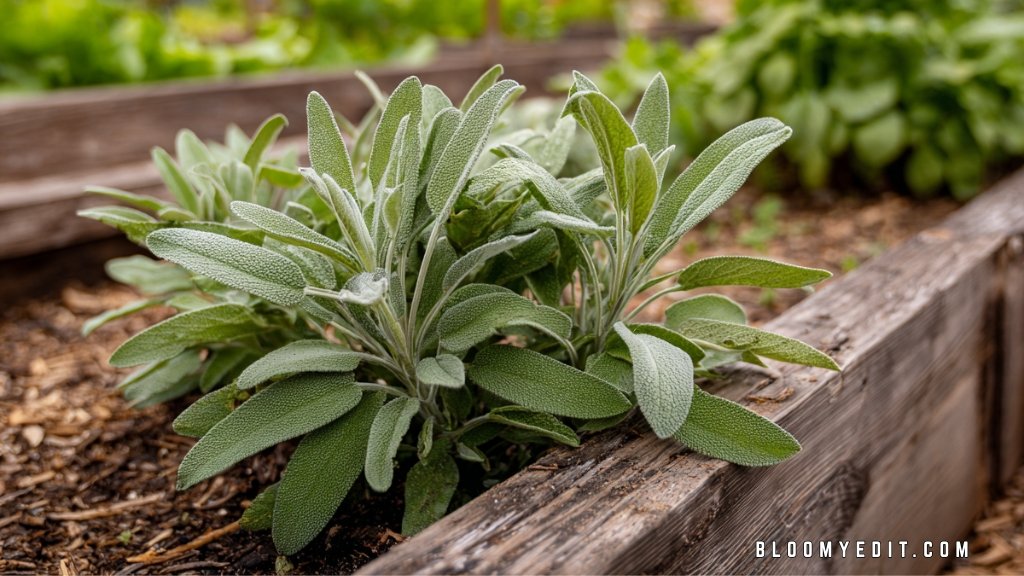You’ve got your dehydrator ready, your pantry begging for something homemade, and your garden just starting to overflow. But here’s the fun part, some plants are practically made for dehydrating.
They keep their flavor, store beautifully, and make you feel a little like a kitchen wizard every time you open that jar months later.
Maybe you’ve dried herbs before, basil, mint, the usual suspects. But there’s a whole world beyond that.
From fruits that turn into chewy snacks to veggies that level up your soups and stews, the right plants can stretch your harvest way past the growing season.
Whether you’re a garden-overachiever with more produce than fridge space, or just looking to stock your shelves with flavor-packed, shelf-stable ingredients, here are 11 Dehydrator-Friendly Plants that take especially well to the dehydrator. No waste, no stress, just smart, satisfying use of every last leaf, slice, and sprig.
1. Grow Culinary Sage in Raised Beds
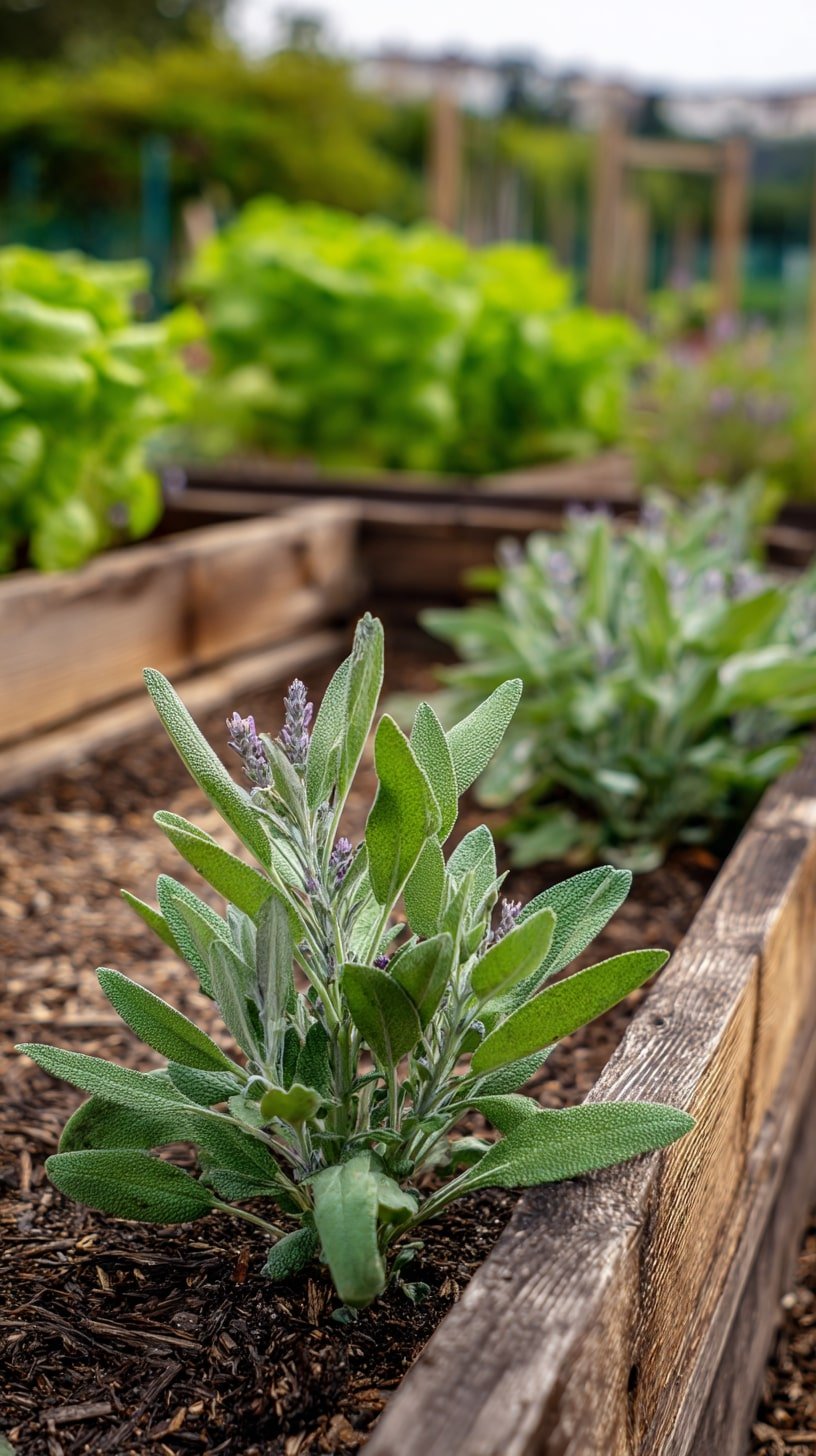
Its fuzzy, silver-green leaves hold flavor long after harvest, making it a dehydrator’s dream. Raised beds keep roots warm and drainage sharp. No soggy soil here.
Slatted wood frames feel rustic but serve a purpose, airflow. Herbs grow bushy, upright, tidy. Close spacing means less bare soil, more leaf yield.
2. Harvest Fresh Mint in Bunches
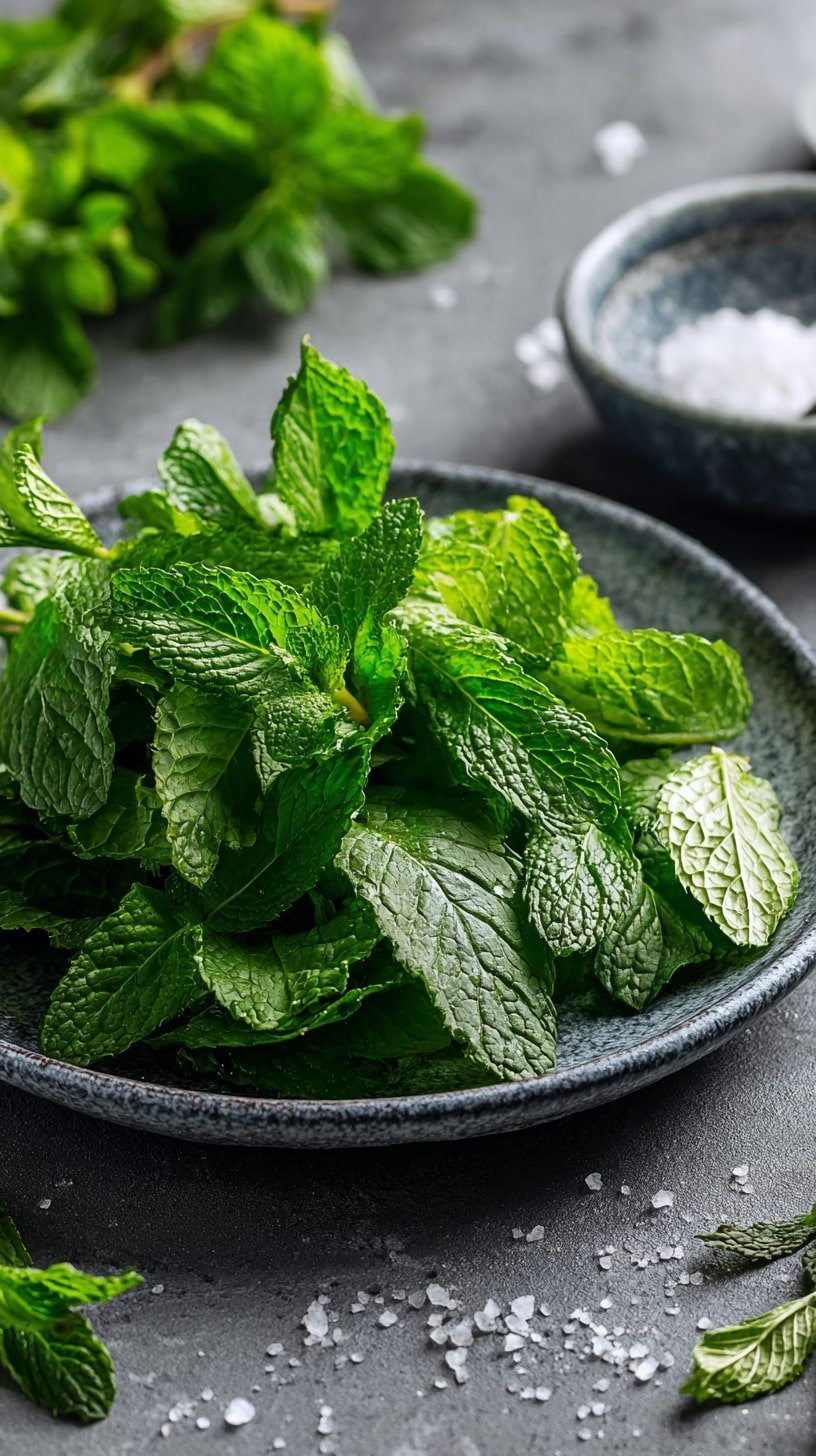
Leaves stay lush, even post-harvest. That’s what makes mint such a solid dehydrator pick. Dense texture, tons of surface area, and zero fuss in prep.
Shown post-trim, the bunches are compact, clean, air-drying or low-temp trays. Deep veining helps flavor stick. Slight crumple as it dries adds charm.
3. Peppers on Fencing for Easy Drying Access
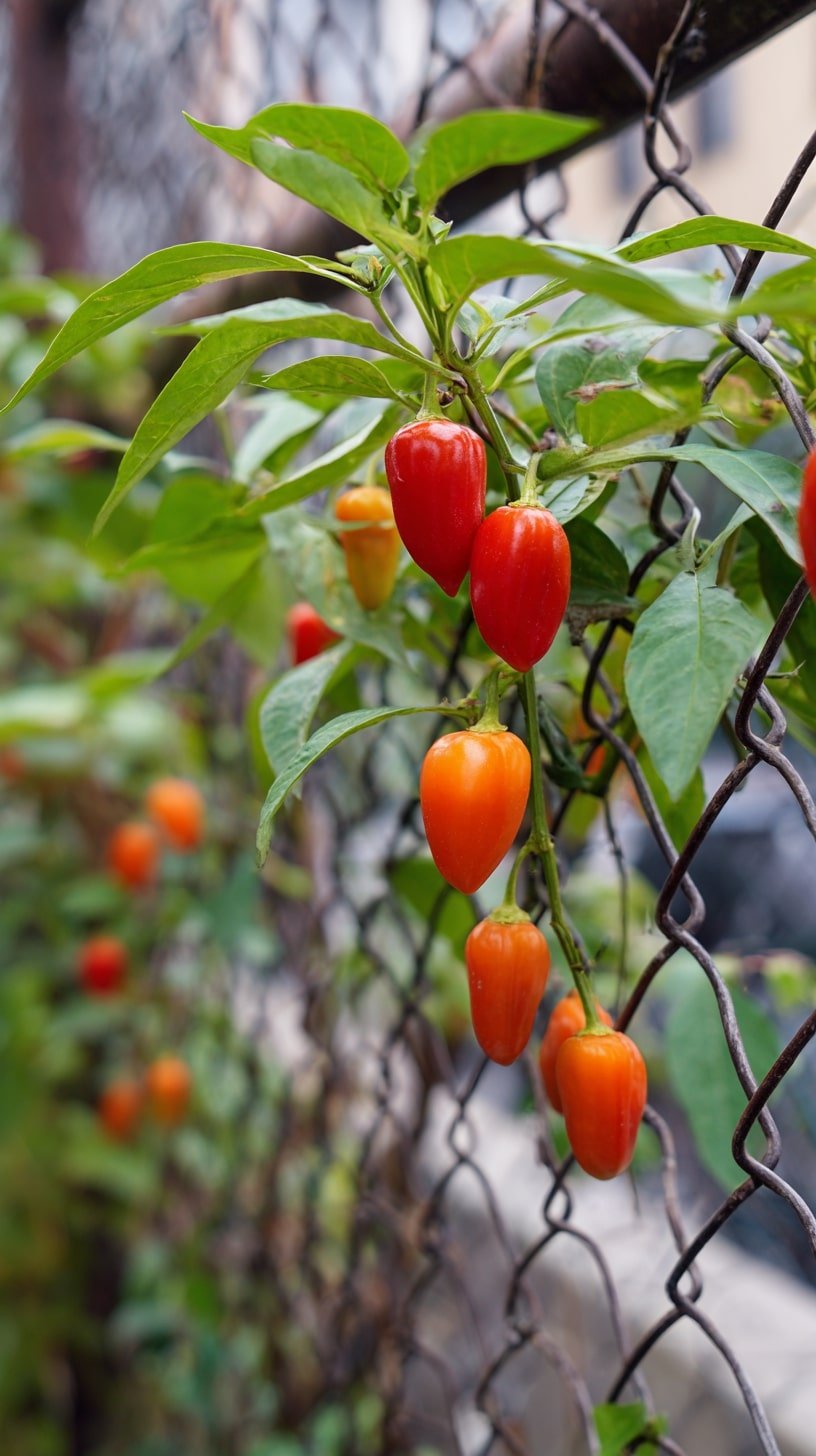
Peppers thrive in sun, but it’s this wire fence setup that elevates the drying game.
Fruits hang freely. No crowding. Plenty of airflow around each pod, which speeds up dehydration. Their waxy skins lock in color post-dry. Hot or sweet, either works.
4. Long-Lasting Flavor Storage
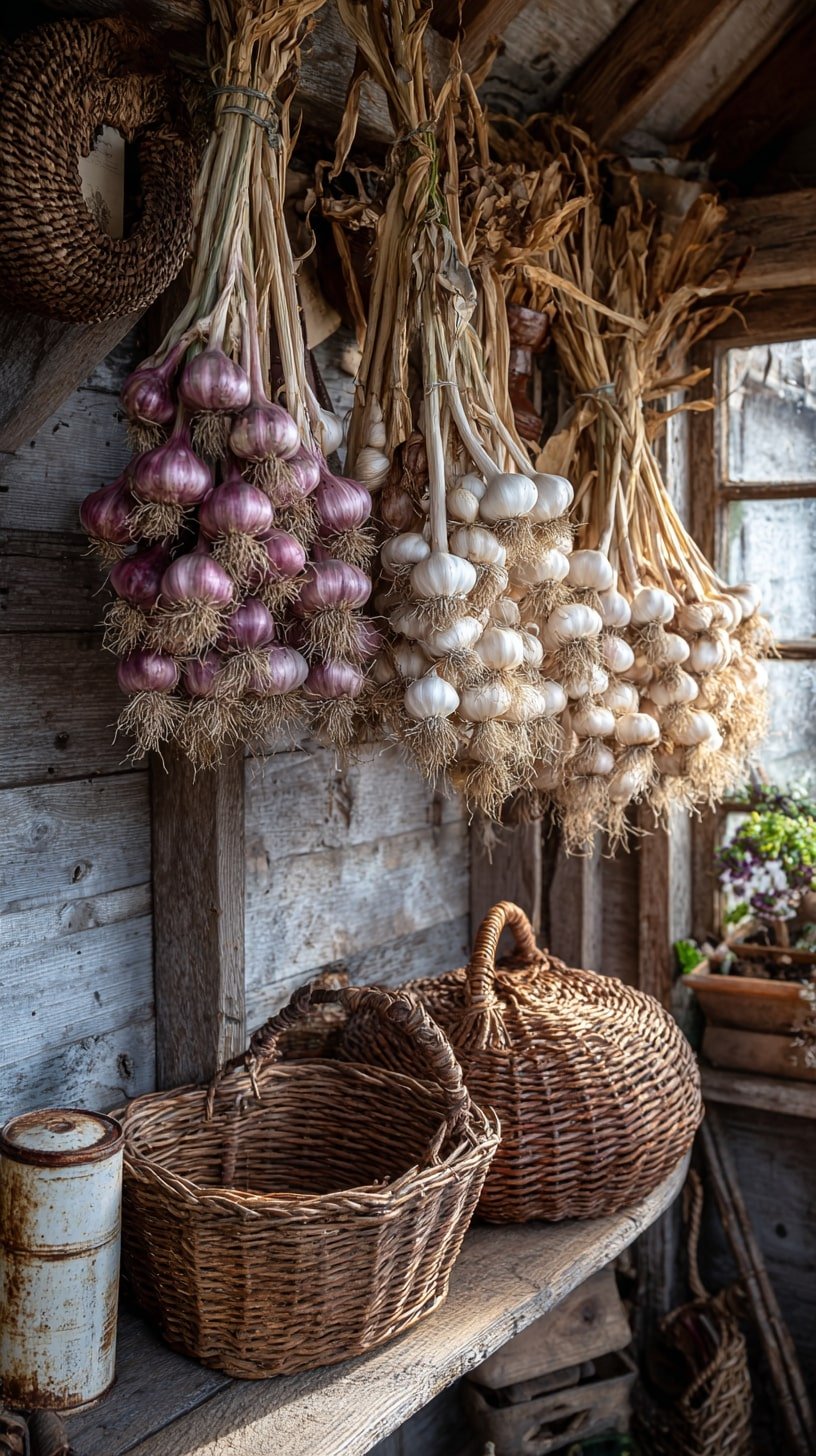
Garlic thrives off patience. Braided and suspended in bundles, it air-cures slowly, evenly, and beautifully.
No tech. Just good airflow, indirect light, and time. Purple stripe and softneck varieties cure especially well, their skins tightening into papery armor. Rustic walls and woven baskets add warmth, but it’s utility first.
5. Spread Wild Mushrooms on Boards
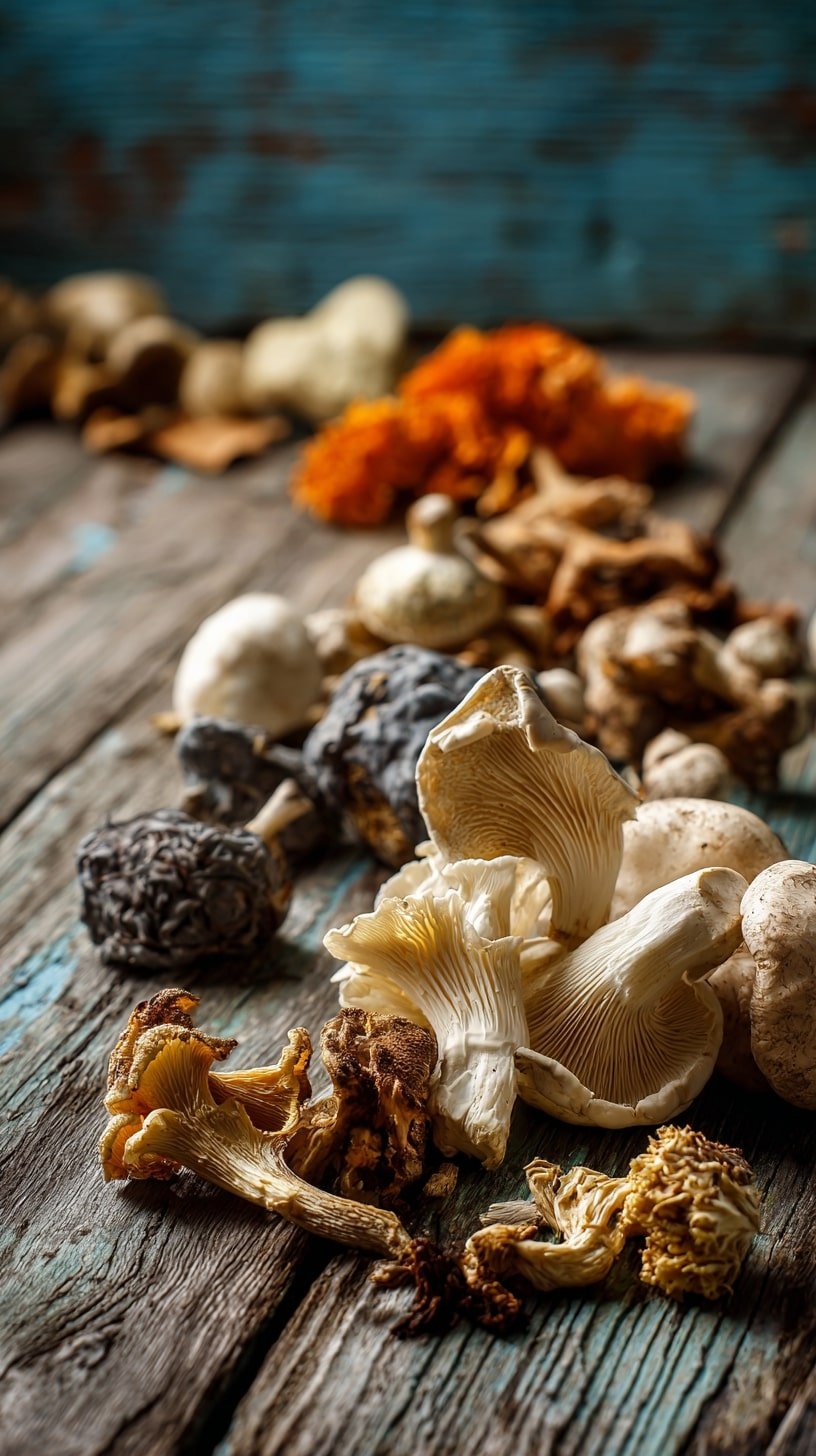
Each mushroom species curls, splits, and crinkles differently as it dries. That’s the magic. Wooden planks offer breathability and contrast, rough grain against delicate frills.
The layout’s loose, almost scattered, but intentional. Space prevents mold. Sunlight grazes gently. Lion’s mane, chanterelle, black trumpet, they all dehydrate beautifully.
6. Curly Kale in Metal Colanders
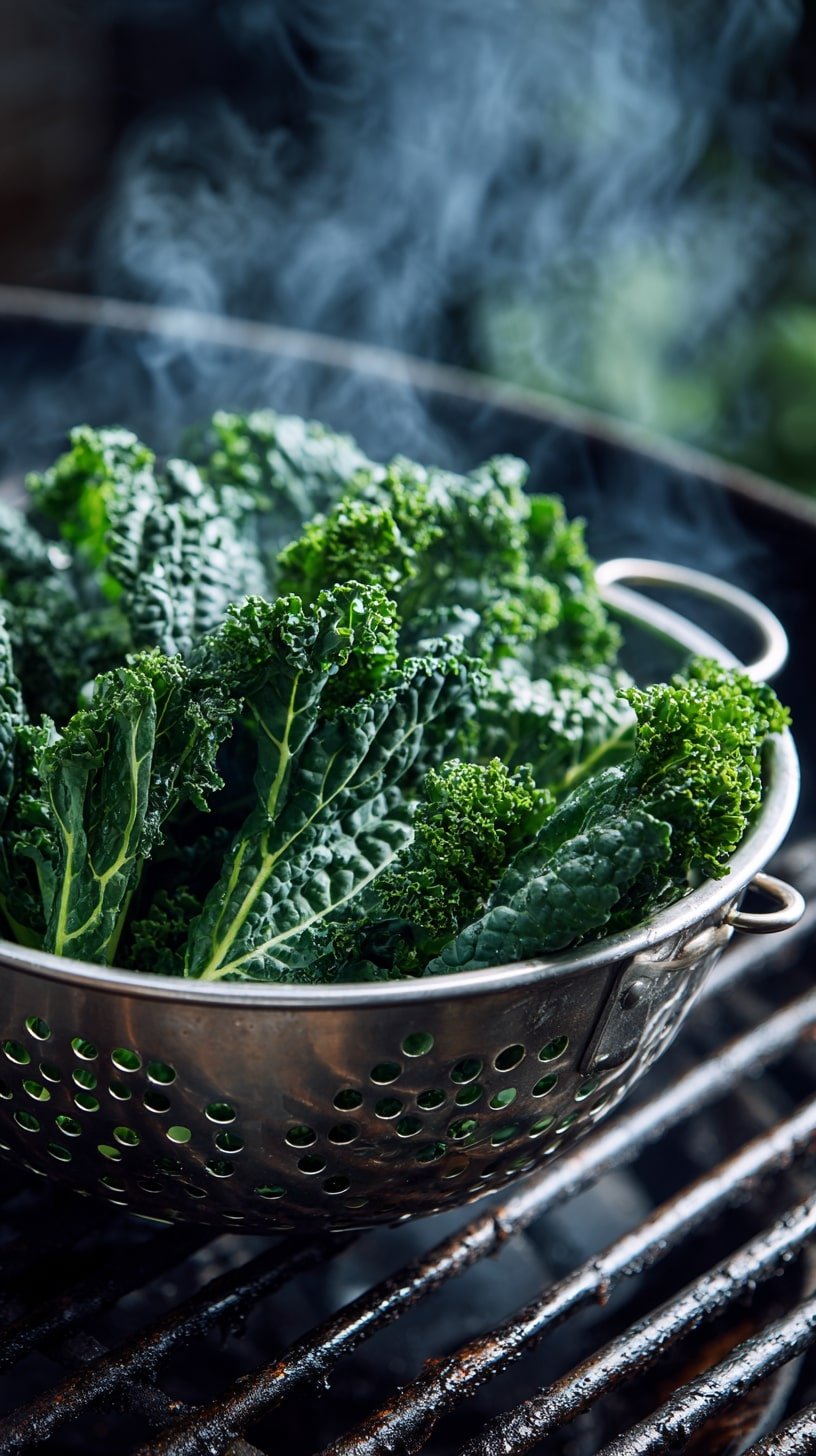
Steam curls around dark greens, hinting at softness before crispness. The perforated colander lets moisture escape while toughening the leaves’ texture. Essential for kale chips.
Lacinato and curly leaf types mingle, each catching light differently. The setup is industrial, rough grill beneath, raw steel container, balanced by the delicacy of leafy structure.
7. Open Rafters for Scented Drying
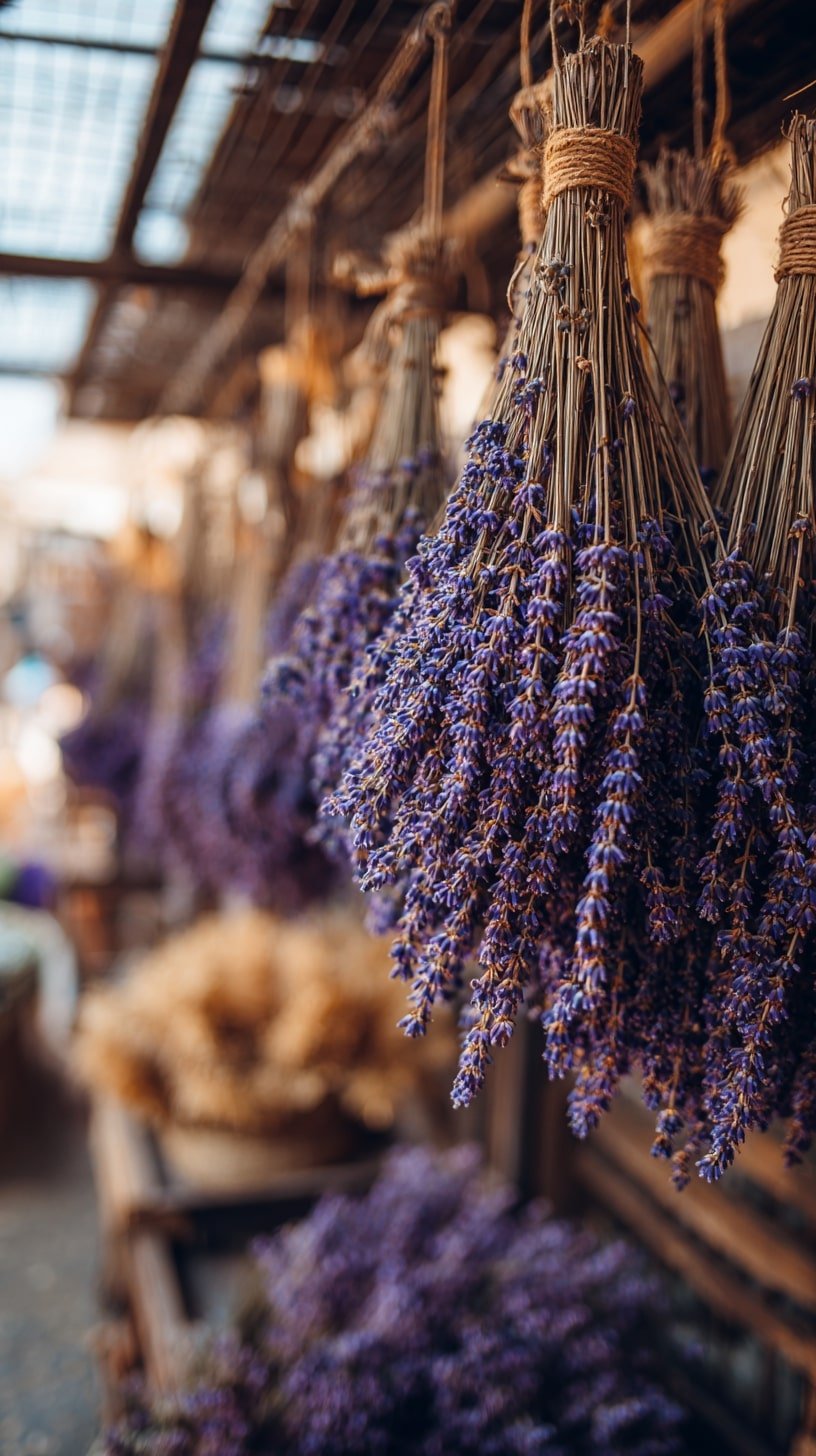
Long-stem lavender bundles hang upside down, tied in natural twine, spaced to avoid crowding. This isn’t just rustic, it’s smart airflow. Essential for preserving oils.
Color remains rich, deep violet softened by golden stems. Warm light filters through slatted roofing, casting soft shadows that highlight shape and structure.
8. Grow Slim Chilies in Dense Clusters
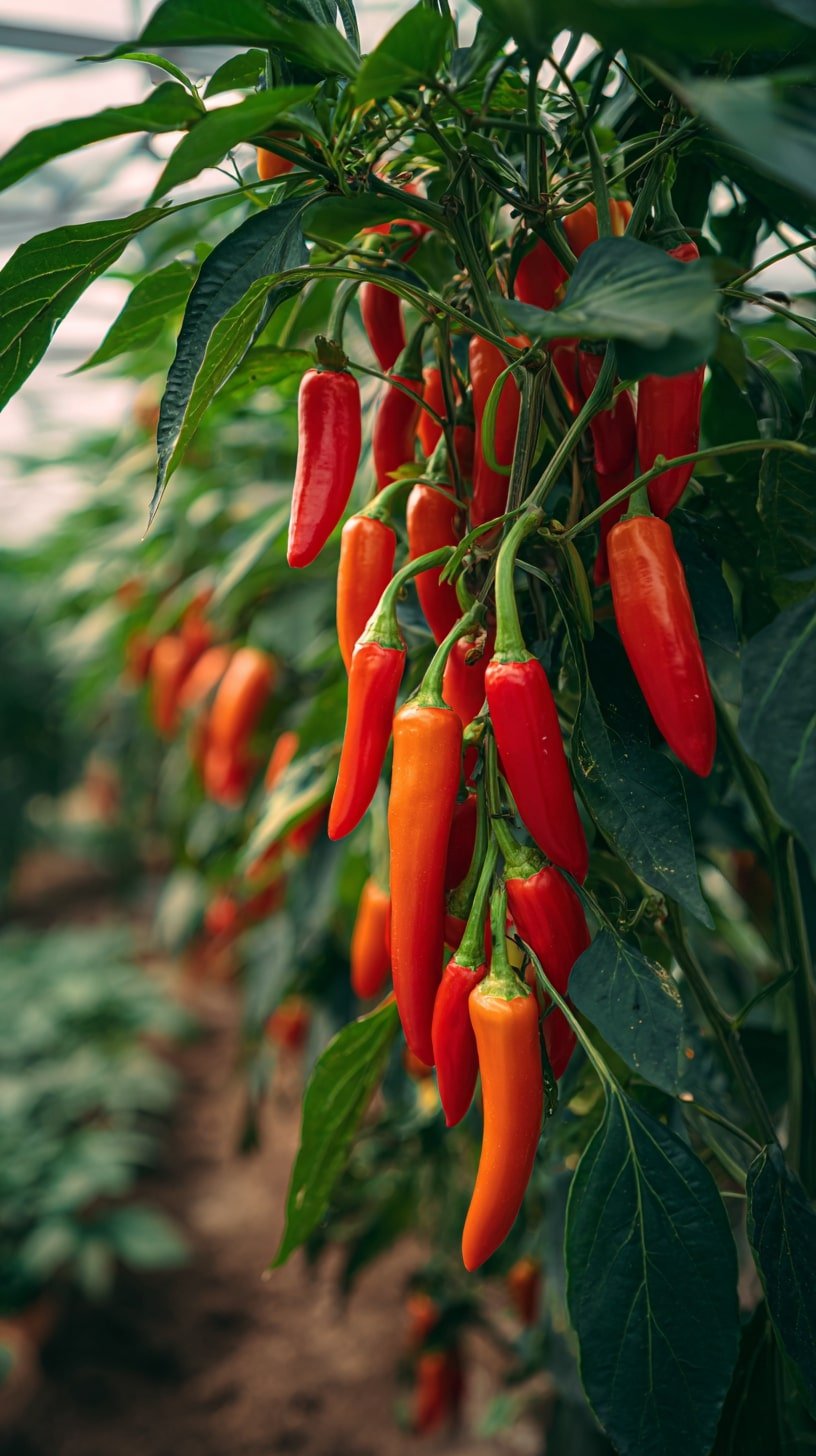
Chilies stack like flames, tightly grouped, with minimal wasted space between stems. It’s a natural match for air-drying. Slim form, waxy skin, minimal pulp.
Bold reds contrast with cool green foliage. Rhythm in color. Structure in cluster. Rows fade softly behind, reinforcing abundance without clutter.
9. Strawberries Thin for Even
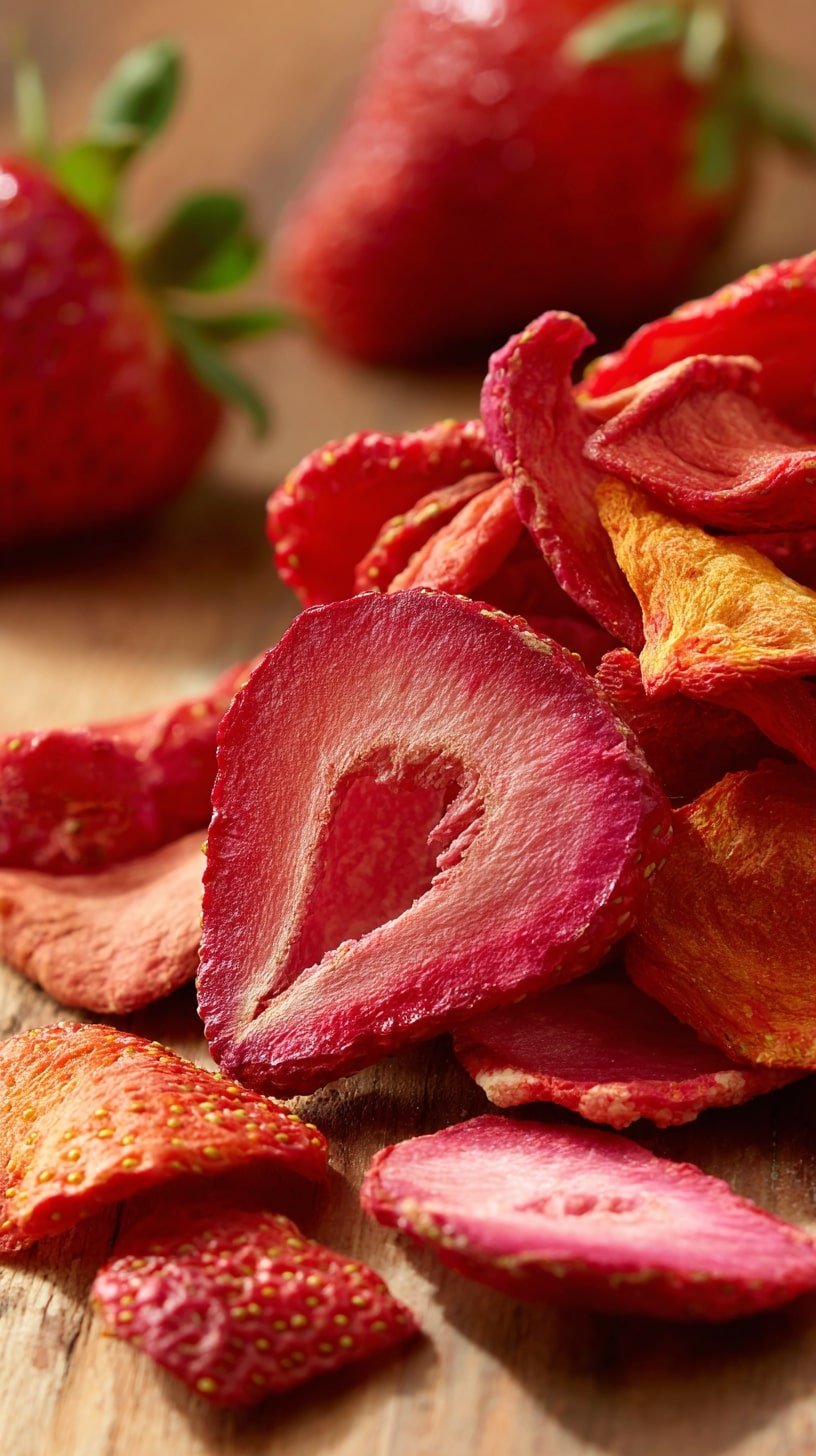
Vivid reds. Each slice shows care, uniform thickness, smooth cut, seeds intact. That matters. Consistent slices dry faster and more evenly, preventing rubbery middles or burnt rims. Texture holds strong too.
Natural sugars concentrate at the center, creating a darker core. Not just pretty. That color change cues peak dehydration.
10. Halve Cherry Tomatoes
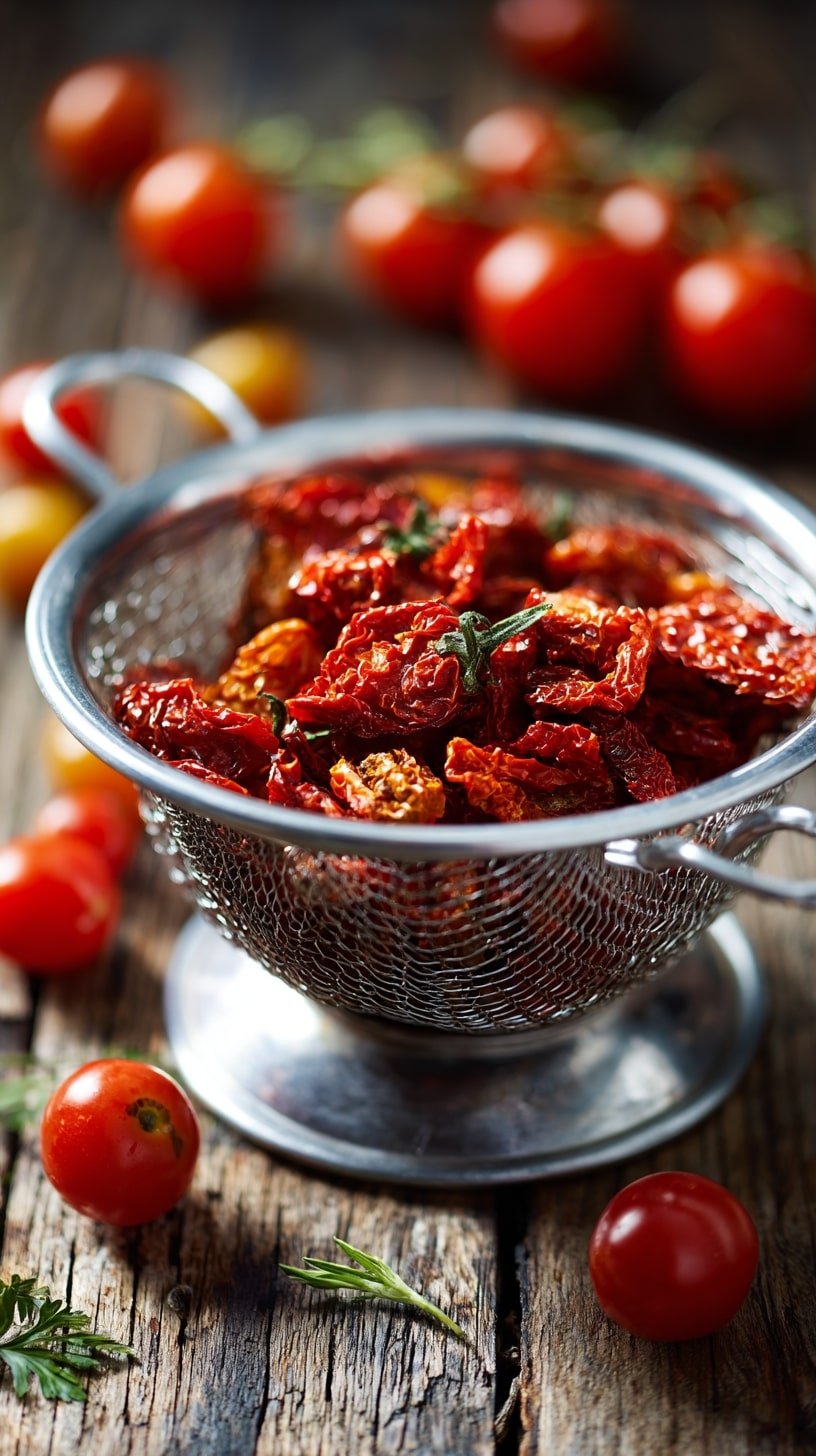
Skin slightly puckered, seeds exposed. Dehydration done right. Cherry tomatoes shrink but concentrate, texture turns chewy, flavor deepens, almost savory.
Mesh colander adds utility. Circulates air. Drains residual moisture. You get uniform crispness without losing shape. Bonus? Deep reds hold their hue post-drying.
11. Stackable Propagation Trays to Grow Herbs
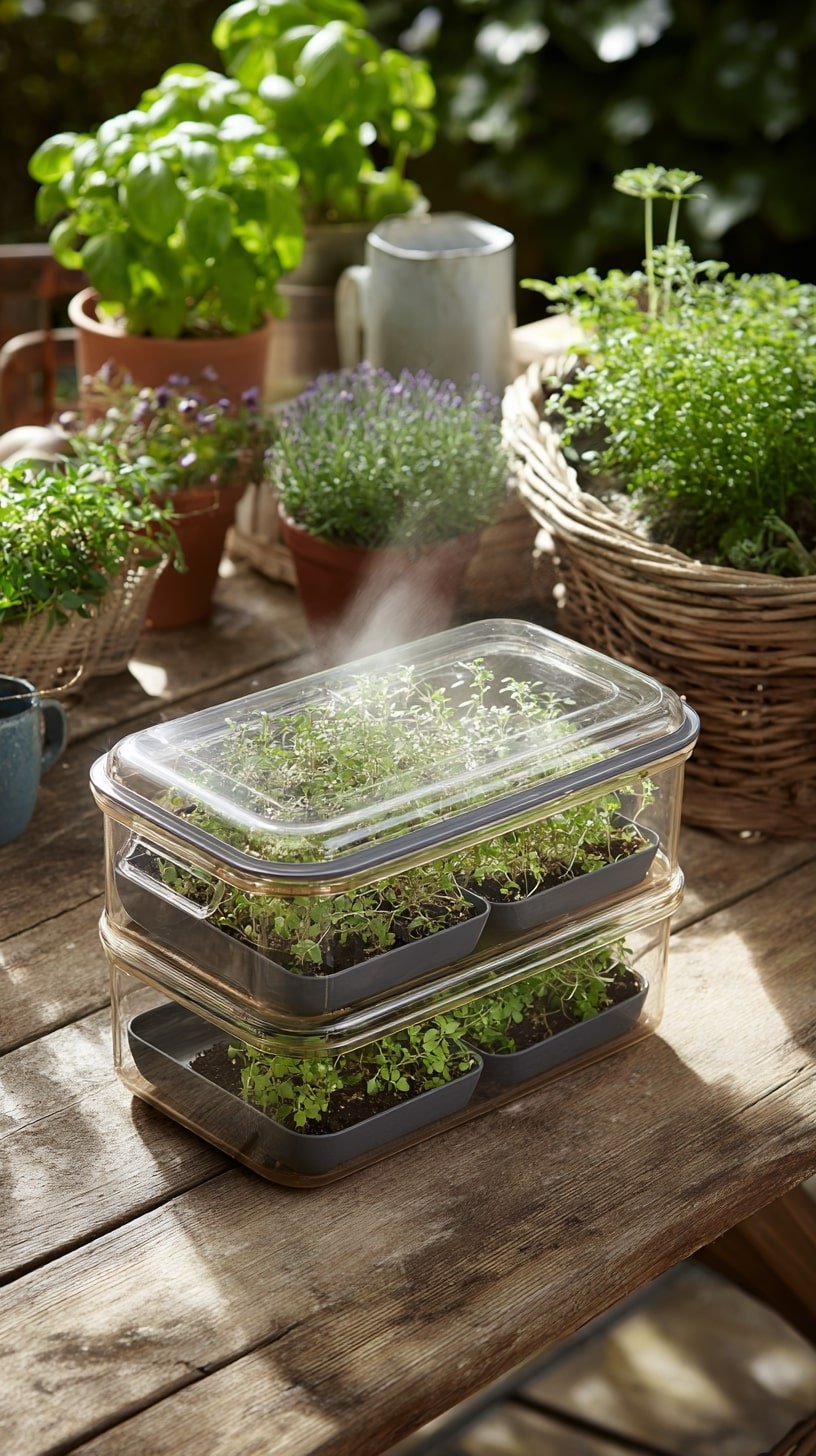
Humidity locked tight. This image nails early-stage prep, vital if you want herbs to dry well later.
Stacked trays keep seedlings compact. Clear lids hold moisture without drowning roots. It’s efficient. And elegant. Warm-toned wood softens the clinical plastic. The whole composition says care, control, small-scale mastery.



